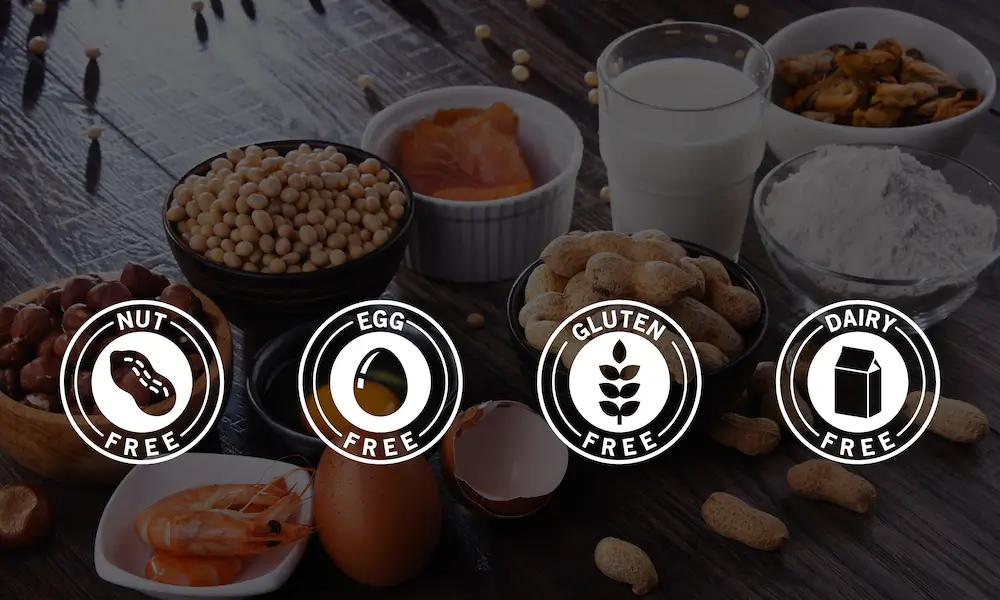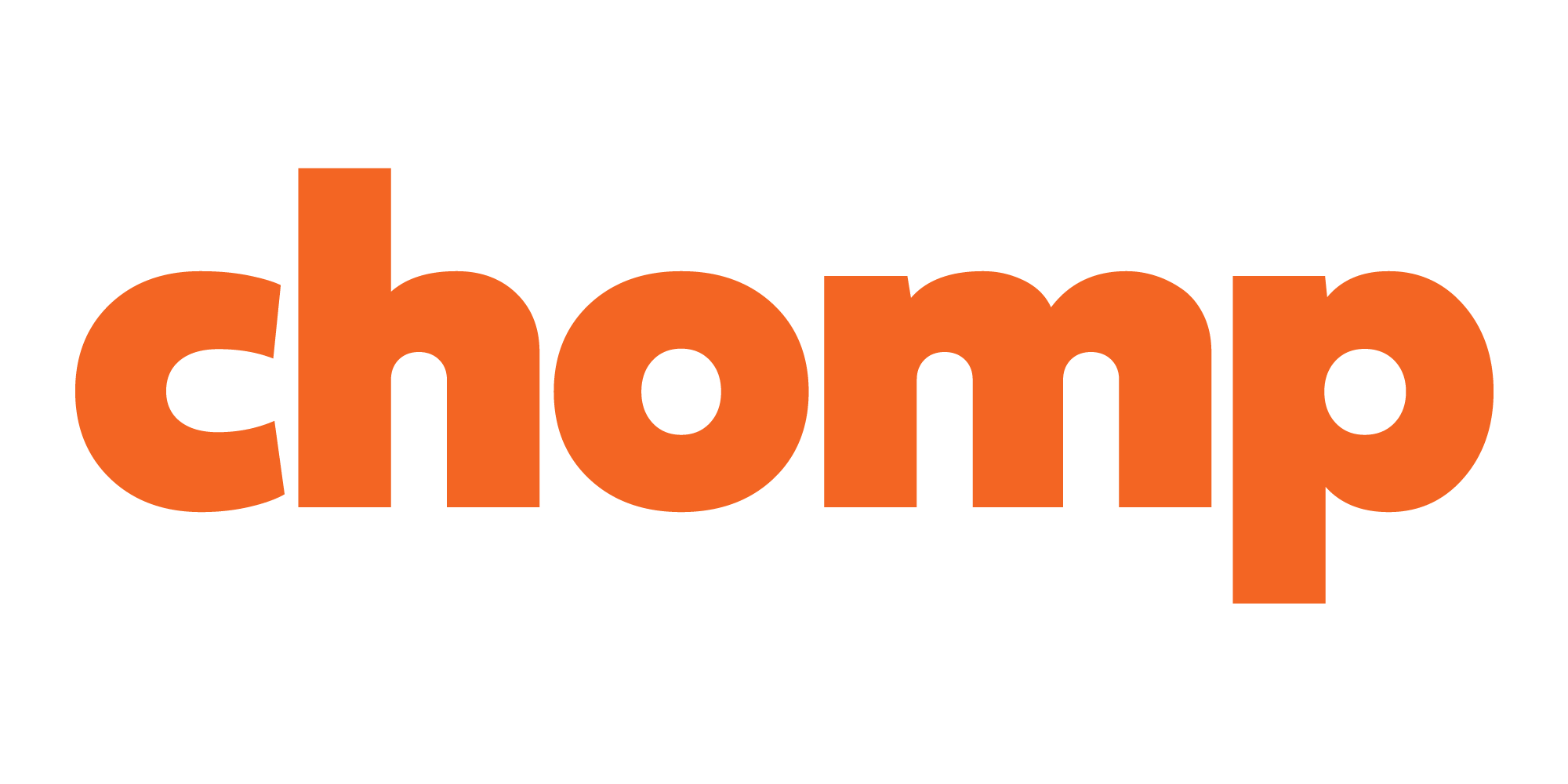
Ensuring clear and accurate allergen labelling is not just a legal obligation, it's an important step in safeguarding your guests' well-being and fostering trust.
As of February 24th (NZ) and February 25th (AU), 2024, new Plain English Allergen Labelling requirements come into effect in New Zealand and Australia, impacting how food businesses communicate allergen information. Read on to understand the changes, their implications, and practical steps to ensure smooth implementation.
Why Allergen Labelling Matters
Food allergies and intolerances are on the rise, affecting an estimated 2-3% of adults and 7-8% of children in New Zealand. Unintentional allergen exposure can trigger severe reactions, highlighting the importance of transparent labelling. The new Plain English Allergen Labelling regulations aim to achieve this by standardising and simplifying allergen declarations, making them easier for consumers to understand, regardless of their background knowledge.
This leads to several benefits:
- Better guest safety: Clearer labelling enables guests to make informed choices, minimising the risk of adverse reactions and building trust in your venue.
- Reduced legal risk: Adherence to Plain English Allergen Labelling regulations mitigates the possibility of legal repercussions arising from unclear or inaccurate allergen information.
- Improved brand reputation: Demonstrating commitment to food safety and inclusivity enhances your brand image and attracts customers with specific dietary needs.
Key Changes to Allergen Labelling: What You Need to Know
Familiarising yourself with the changes introduced for Plain English Allergen Labelling is important for effective implementation:
- Standardised allergen names: You must use the specific names designated in the Food Standards Code for all declared allergens. Gone are the days of generic terms like "dairy" or "shellfish." Instead, you'll need to clearly state "milk" or "molluscs," for example.
- Bold and clear "contains" statement: A separate statement starting with "Contains" must highlight declared allergens in bold font. This statement should be prominent and positioned near the ingredients list.
- Bolding allergens within the ingredient list: Every allergen present in the ingredients list must be bolded, ensuring quick and easy identification for consumers.
- Distinguishing wheat from gluten: While often linked, wheat allergies are distinct from gluten intolerances. Plain English Allergen Labelling mandates separate declarations for both.
- Specificity for tree nuts: The previous blanket term "nuts" or "tree nuts" is replaced with a list of nine specific tree nuts that must be individually declared.
- Declaration of processing aids: If a processing aid contains an allergen, it needs to be listed within the ingredients list, providing complete transparency.
Implementing Allergen Labelling in Your Business: Practical Steps
Transitioning to the new regulations may seem daunting, but a proactive approach can make it smooth and manageable. Here are some key steps:
- Review your existing labels and menus: Identify any areas requiring updates to align with allergen labelling requirements, including ingredient lists, "contains" statements and any allergy information displayed on menus.
- Update ingredients lists with standardised names: Ensure all allergen ingredients are listed using the designated names and bolded within the list.
- Implement a "contains" statement: Create a bold "Contains" statement highlighting all declared allergens, ensuring it's prominent and clearly visible.
- Train your staff: Equip your team with the knowledge and confidence to answer guest queries about allergens accurately and provide guidance based on the new labelling standards.
- Utilise available resources: Leverage the comprehensive guidance documents and helpful videos published by New Zealand Food Safety to gain a deeper understanding of the regulations. For Australia, refer to this guide which includes a list of foods and ingredients that need to be declared.
Exemptions From Labelling: Restaurants & Cafes
Some products don't need a label, such as:
- food sold in cafes and restaurants for immediate consumption,
- delivered pizza
- pick and mix lollies in a shop
Beyond Compliance: Building Lasting Trust
While Plain English Allergen Labelling compliance is a requirement, consider these changes as an opportunity to go improve your offering and customer experience. Proactively communicating with guests about allergen options, offering separate menus, and training staff to be allergen-aware demonstrates your commitment to inclusivity and fosters a welcoming environment for all. Remember, clear communication, genuine care, and a willingness to accommodate individual needs builds lasting trust and loyalty with your guests.
By embracing the new Plain English Allergen Labelling regulations with a proactive approach, you can navigate the changes seamlessly, prioritise guest safety, and solidify your business as a leader in responsible and inclusive hospitality. Remember, clear communication, well-informed staff, and a commitment to inclusivity are not just compliance measures, they're the recipe for building a thriving and trusted establishment in today's evolving food landscape.
For more info check out the guidance documents for New Zealand and Australia.
